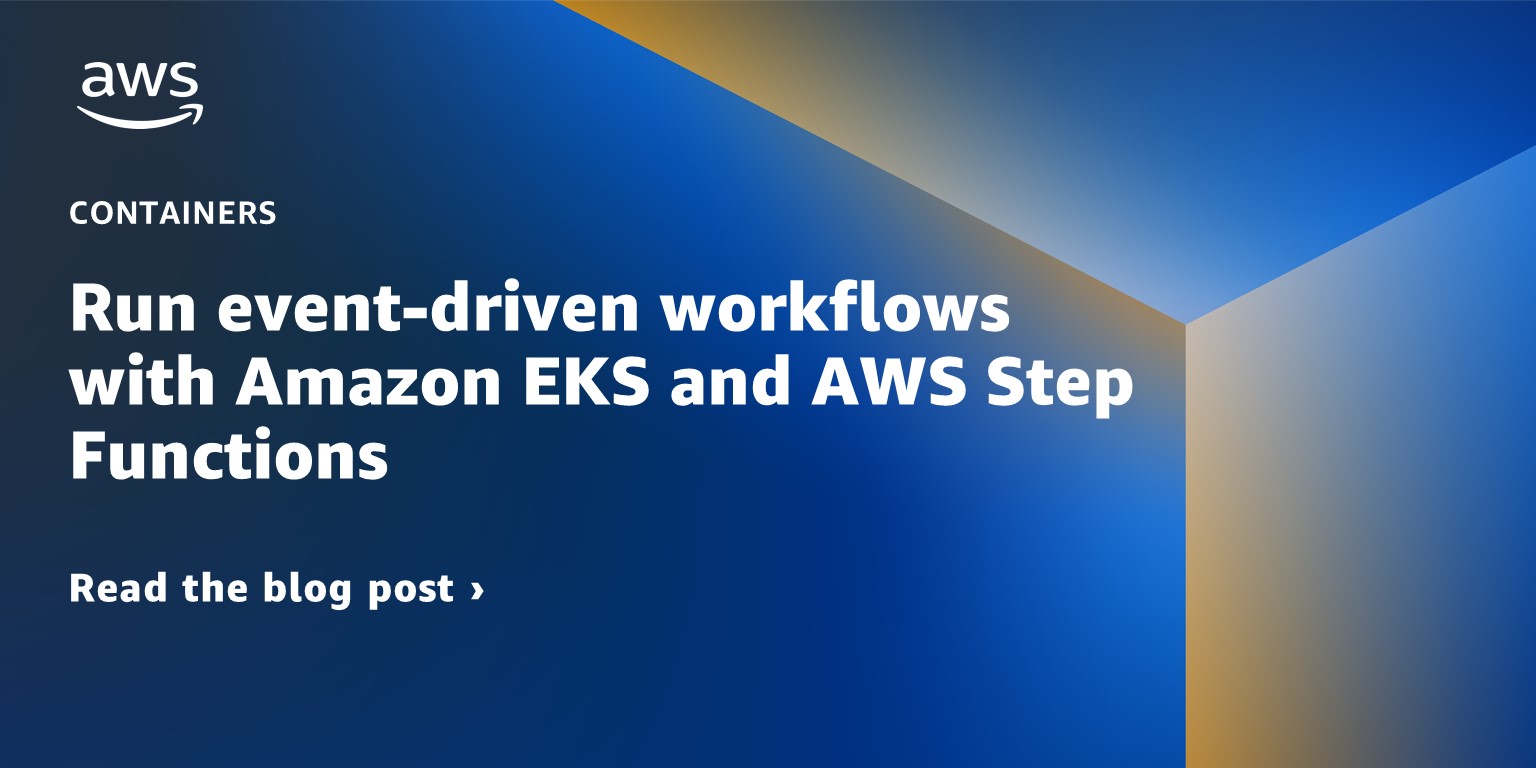Containers
Tag: AWS Step Functions
How Freddie Mac used Amazon EKS to modernize their platform and migrate applications
Introduction Freddie Mac has a mission to provide a stable US housing Market. Freddie Mac identified the need for faster application delivery, scalable performance, increased resiliency, and cost optimization of their existing application portfolio. To achieve their mission goals, Freddie Mac undertook a migration from on-premises Kubernetes to Amazon Elastic Kubernetes Service (Amazon EKS). As […]
Run Monte Carlo simulations at scale with AWS Step Functions and AWS Fargate
Introduction Organizations across financial services and other industries have business processes that require executing the same business logic across billions of records for their machine learning and compliance needs. Many organizations rely on internal custom orchestration systems or big data frameworks to coordinate the parallel processing of their business logic across many parallel compute nodes. […]
Run event-driven workflows with Amazon EKS and AWS Step Functions
Introduction Event-driven computing is a common pattern in modern application development with microservices, which is a great fit for building resilient and scalable software in AWS. Event-driven computing needs to be push-based with event-driven applications that are run on-demand when an event triggers the functional workflow. Tools that help you minimize resource usage and reduce […]
Introducing AWS Step Functions integration with Amazon EKS
This is my first post on AWS Container Blog since I joined AWS and I could not be more excited to talk about two technologies now working together: Serverless and Kubernetes, or more specifically AWS Step Functions and Amazon Elastic Kubernetes Service. In my previous role, I envisioned to build a web application that would […]
Create a pipeline with canary deployments for Amazon EKS with AWS App Mesh
In this post, we will demonstrate how customers can leverage different AWS services in conjunction with AWS App Mesh to implement a canary deployment strategy for applications running on Amazon Elastic Kubernetes Service (Amazon EKS). As stated in the post “Getting started with App Mesh and EKS”, many customers are currently implementing microservices in a […]
CI/CD pipeline for testing containers on AWS Fargate with scaling to zero
Development teams are running manual and automated tests several times a day for their feature branches. Running tests locally is only one part of the process. To test workloads against other systems as well as give access to QA engineers, it requires deploying code to dedicated environments. These servers/VMs spend hours idling because new test […]





